 |
| March 09, 2023 |
 |
| |
| |
| Astronomy Are Telescopes on the Moon Doomed? Booming exploration and commercial activity could ruin the quiet, astronomy-friendly environment of the lunar far side | | By Davide Castelvecchi,Nature magazine | | | |
| |
| Epidemiology Vaccine Makers Are Preparing for Bird Flu Although most experts say bird flu is not an immediate threat to humans, efforts are underway to produce vaccines for H5N1 or another potential pandemic virus | | | | |
| Conservation Pablo Escobar's 'Cocaine Hippos' Spark Conservation Fight Researchers worry the Colombian environmental ministry will side with animal-rights activists rather than curb the spread of invasive hippos once kept by drug-cartel leader Pablo Escobar | | By Emiliano Rodríguez Mega,Nature magazine | | | |
| |
| |
FROM THE STORE
 | | Human Migration: How We Populated the Planet Millennia ago, early humans walked out of Africa and spread across the world in a way that few other species have. In this eBook, we examine how and why this happened, tracing insights from genome analyses as well as studies of footprints, tools, cave art and oral histories. We also look at the forces driving current human migration and where our journey might take us in the future. |  | | |
FROM THE ARCHIVE
 | | | |
| |
LATEST ISSUES
 |
| |
| Questions? Comments?  | |
| Download the Scientific American App |
| |
| |


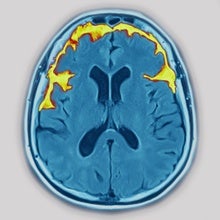
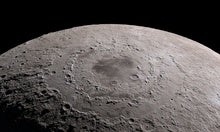


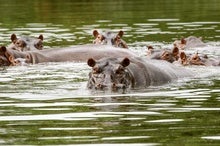
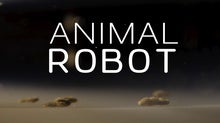
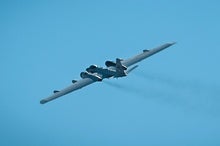
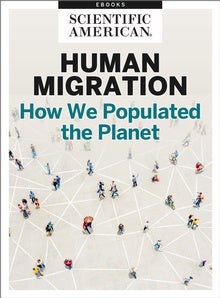

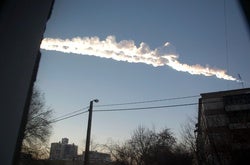
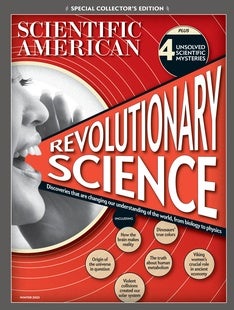

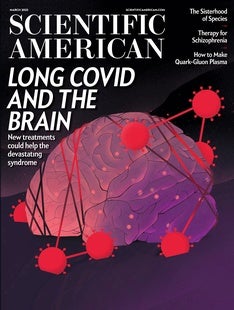
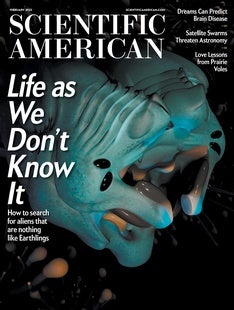
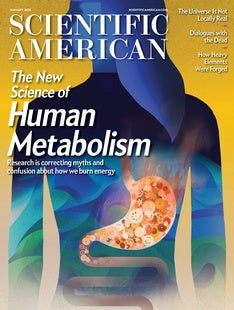



Comments
Post a Comment